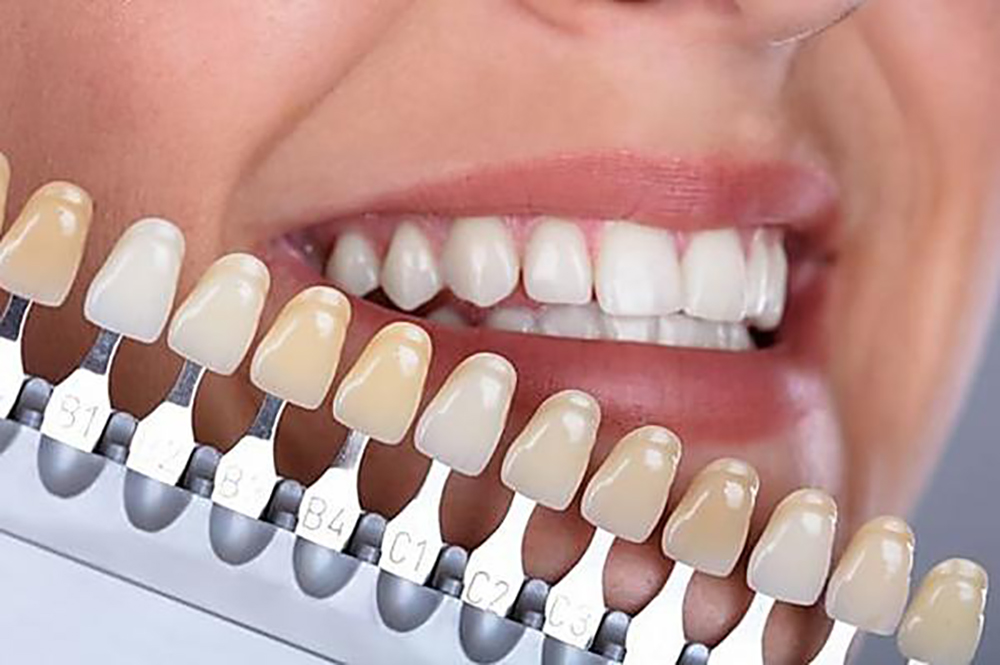Maintenance routines and products recommended after receiving porcelain coverings
After receiving porcelain coverings, adopting the right maintenance routines and products helps preserve appearance, bonding strength, and long-term durability. Ceramic cosmetic restorations interact with enamel, shade selection, and the adhesive layer beneath; they benefit from tailored oral hygiene, careful eating habits, and periodic consultation. This article explains practical daily care, product choices, and steps to reduce staining and protect your smile.

Porcelain and ceramic materials — care differences?
Porcelain and other ceramic restorations share many care needs, but small material differences affect maintenance. Porcelain veneers are a type of ceramic with a glassy surface that resists staining more than some composite restorations. Both require non-abrasive daily cleaning to avoid micro-scratches that can dull shade and attract staining. Gentle handling preserves the restoration surface and underlying bonding.
Routine maintenance focuses on preserving the glaze and avoiding abrasive cleaners. Use a soft-bristle brush and non-abrasive fluoride toothpaste to clean margins where restoration meets natural enamel. Periodic professional polishing by a dental team can restore luster without compromising ceramic structure.
How does bonding affect enamel care?
Bonding attaches ceramic restorations to enamel with adhesive cements; protecting that interface is essential for long-term success. Poorly maintained margins can trap plaque and lead to discoloration or marginal breakdown. Avoid habits that place sudden stress on the bonded area, such as biting hard foods or opening packages with your teeth, to reduce risk of debonding or chipping.
If you notice sensitivity, rough edges, or a change in how restorations feel, arrange a consultation. Dentists can assess bond integrity and perform touch-ups or re-bonding when needed. Nightguards may be recommended if grinding threatens the bonding or enamel.
Managing staining and preserving shade
Although porcelain resists staining better than many materials, the cement and exposed margins can discolor over time from coffee, tea, red wine, or tobacco. Regularly rinsing after consuming staining drinks, using a straw where practical, and minimizing frequency of exposure will help maintain shade. Brushing soon after meals and professional cleanings reduce surface deposits that lead to visual change.
Avoid abrasive whitening pastes and aggressive scrubbing that can alter surface texture and make restorations appear duller. If shade matching becomes a concern, a dental consultation can determine whether polishing, re-glazing, or replacement is appropriate to restore an even cosmetic appearance.
Maintenance routines for long-term durability
Daily maintenance is a combination of careful cleaning and mindful habits. Brush twice daily with a soft brush, floss gently at margin lines, and consider interdental brushes for tight contacts. Avoid chewing on hard objects such as ice or pen caps, and steer clear of foods that impose unusual forces. Regularly inspect restorations for chips, cracks, or mobility.
Schedule routine dental visits for professional assessment of occlusion and restoration fit; adjustments may be necessary if wear patterns develop. Early intervention for small chips or marginal issues protects the restoration’s durability and can prevent larger restorative work later.
Oral hygiene products recommended after restoration
Select products that support oral health without compromising ceramic surfaces: a soft-bristle toothbrush, non-abrasive fluoride toothpaste, waxed floss or floss designed for restorations, and alcohol-free mouthwash. Interdental cleaners can help remove plaque at restoration margins; choose sizes that fit your contacts without forcing or bending the restoration.
Desensitizing toothpaste can be useful if there is transient sensitivity after bonding. For professional home-care, ask your clinician about recommended fluoride rinses or gels to strengthen adjacent enamel while avoiding anything that could weaken bonding agents used in the restoration.
When to schedule consultation and checkups
Routine dental checkups are important to monitor cosmetic restorations. Most clinicians recommend examinations every six months, but your dentist may suggest a different schedule based on individual risk factors like bite forces, parafunctional habits, or previous restoration history. A consultation is useful when you notice changes in shade, fit, or comfort.
Seek prompt appointment if a restoration chips, feels loose, causes persistent sensitivity, or if you detect food trapping at the margins. Early evaluation can often allow conservative repairs rather than full replacement, preserving both enamel and the cosmetic result.
This article is for informational purposes only and should not be considered medical advice. Please consult a qualified healthcare professional for personalized guidance and treatment.
Regular, consistent care tailored to porcelain coverings helps maintain both appearance and function. With appropriate oral hygiene products, protective habits, and periodic consultations, ceramic restorations can preserve a natural-looking smile and reliable performance over time. Monitor staining, protect bonding, and work with your dental team to address concerns before they require major intervention.






